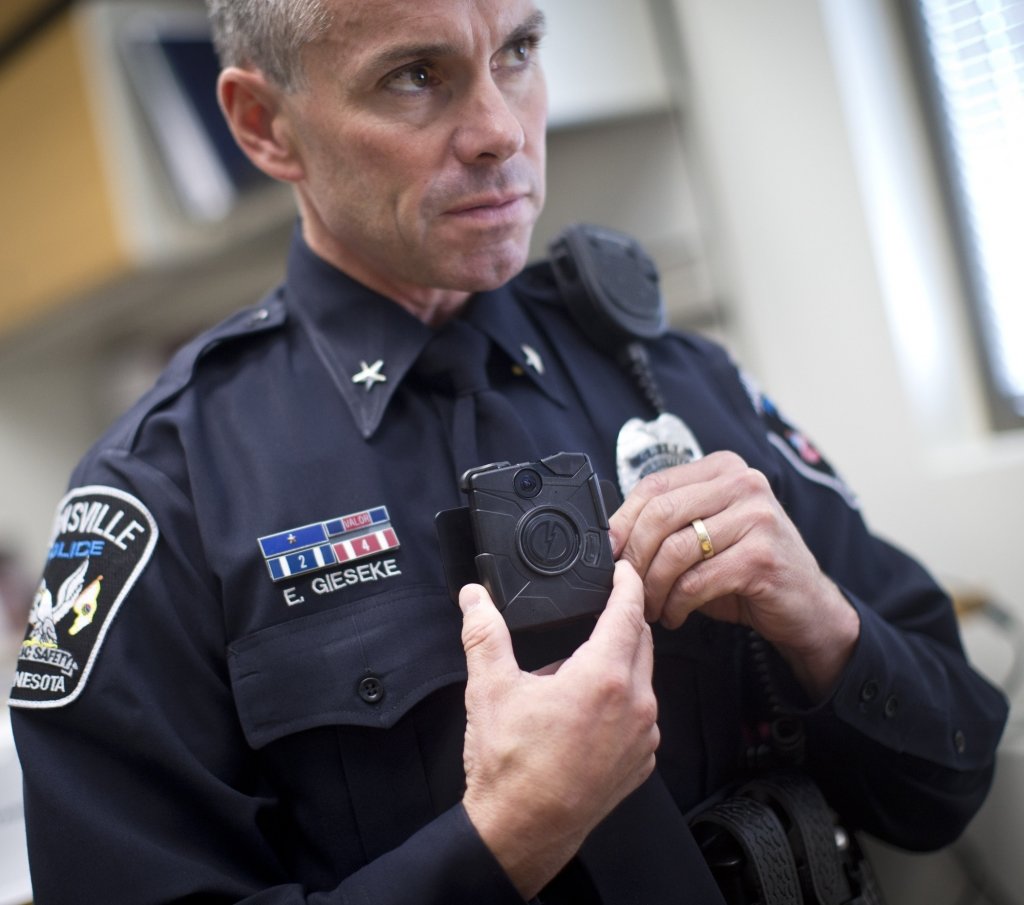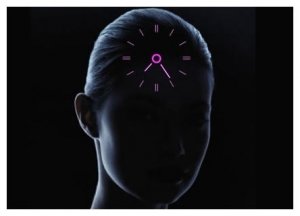Status Quo: After the alleged shooting incident of an unarmed citizen, age 18, in Ferguson, Missouri, by a police officer, most of the representatives of the Police institution and other scientific related fields have been working on a method designed to prevent such episodes from happening. Police departments in California as well as all over the United States of America have begun testing an option which consists of using an uniform-mounted video camera.
Starting with 2005, the U.K. police departments have engaged in large-scale trials and their main goal is to make body-worn cameras a standard issue. Studies have shown that the measure contributed in the prosecution of crimes, by providing additional and uniquely compelling evidence. There are such examples in the United States as well, where in some instances the amount of time required to investigate a shooting by police was shortened from two-to-three months to two-to-three days.
The amplitude of this problem is given by the fact that although sometimes the technological fix is being adopted without a public debate, other times a tragedy has to happen to make it a national issue. The official reports underlined that the police in Ferguson have a stock of body-worn cameras, but haven’t deployed them yet to officers.
 Photo Credits: startribune.com
Photo Credits: startribune.com
Measure: Along with the technological breakthroughs that have occurred during the last decade, transparency in the democratic institutional fields is not a possibility, but routine. This is how in Rialto, California, the entire police force was made wear the body-mounted cameras. The devices are no bigger than a pager and they record every single sound transpiring between the police officers and the citizens.
There is no official information about the application of this measure in Missouri, where the incident happened and an unarmed African-American teenager, age 18, was murdered.
Impact: In the first year after the cameras’ introduction, the use of force by officers declined 60%, and citizen complaints against police fell 88%. The explanation for this type of behavior is more psychological than practical. The idea of an objective record of an encounter has an influence on the objectively perceived behavior of the citizens as well as the police officers. There have been numerous social psychology experiments to show that something an impersonal as a poster with a pair of eyes staring at the subject can influence the behavior, making the results better and sometimes even reducing theft in the area.
Michael White, professor of criminology at Arizona State University believes that these devices, now believed to be an curiosity, are going to be assimilated in the system and become ubiquitous. The argument of precedent he’s using to support his theory is that the same story happened back when taser’s guns were introduced and in less than a decade over two thirds of the country’s 18,000 police departments started using them. ‘It could be as little as 10 years until we see most police wearing these,’ Dr. White declared.
More than about the measure in itself, the specialist also mentioned that the process through which this measure is implemented has an impact on the outcomes in terms of complaints and crime rate.
‘There is a presumption that citizens will be happy with this because it seems to provide more transparency and accountability, but that might not be the case, especially in areas where there are long-term tensions between police and their communities’, Dr. White mentioned.
Even without taking into consideration that there are some privacy issues that there should be debates about, the rules about protecting both the witnesses and the police have to be established and tested in order for this measure to have positive outputs. One of these issues regards the situations in which there should be exceptions from turning the camera on, such as interviewing the victims of assault, the specialist also mentioned despite the position of the American Civil Liberties Union who believe that no exceptions should be permitted.
Problems: The cost of the implementation of this measure is, however, quite high. But thanks to the fierce competition between the two most important vendors on the market (Vievu LLC and Taser International Inc.), the price of an individual camera went down to somewhere between $300 and $400. Even with this economic aid, the storage management of the generated data is estimated to be one of the most important economic issues left about this measure.
Another problem is that after a federal judge ordered that every New York Police Department equip the officers with body-worn cameras in some of the districts, there’ been a report issued by the Patrolmen’s Benevolent Association, declaring that there would be an ‘encumbrance’. Another example of precedent is used in the explanation of this problem: that in the 19990s, during the roll-out of dashboard cameras – which are now standard issue in most patrol cars, there has been the same resistance. Dr. White specifies how important it is that the adoption of this technology be accomplished through consensus.
According to Dr. White, there is a strong resistance concerning the adoption of these cameras especially by one in the law enforcement who believe that the devices could inhibit their ability to do their job. His opinion on the matter is that even though it may not be an effective measure in defusing flash points, the early results of this measure are promising enough for the civil society to understand that the advantages could be spectacular, that they could have made a difference in establishing the facts of the officer who is involved in the shooting in Ferguson.



